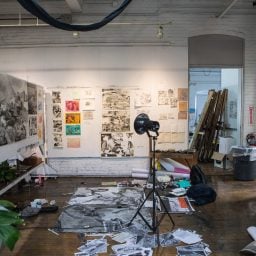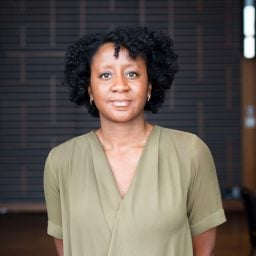The Oakland Museum of California was born in the shadow of racial division and protest. We opened our doors in 1969 amid the demonstrations to free Huey Newton, founder of the Black Panther Party, who was on trial in the wake of a violent exchange with police. His trial took place across the street from the museum, at the Alameda County Courthouse.
In this context, the museum’s founding director, Jim Holliday, attempted to form a community advisory committee amid calls to better incorporate community members into the project. He was fired for insubordination six weeks before the museum opened; other museum leadership resigned in protest of his ouster.
The commitment to equity, which is baked into our DNA, is also compelled by our location in one of the most diverse cities in the country, defined by a history of social justice and activism. Over the past decade, we have worked to live up to those values. We have diversified our board, our staff, and our audience, and have begun to measure the impact we are having on the well-being of our community beyond traditional measures of attendance or financial benchmarks, which tend to reinforce the way things have always been done.
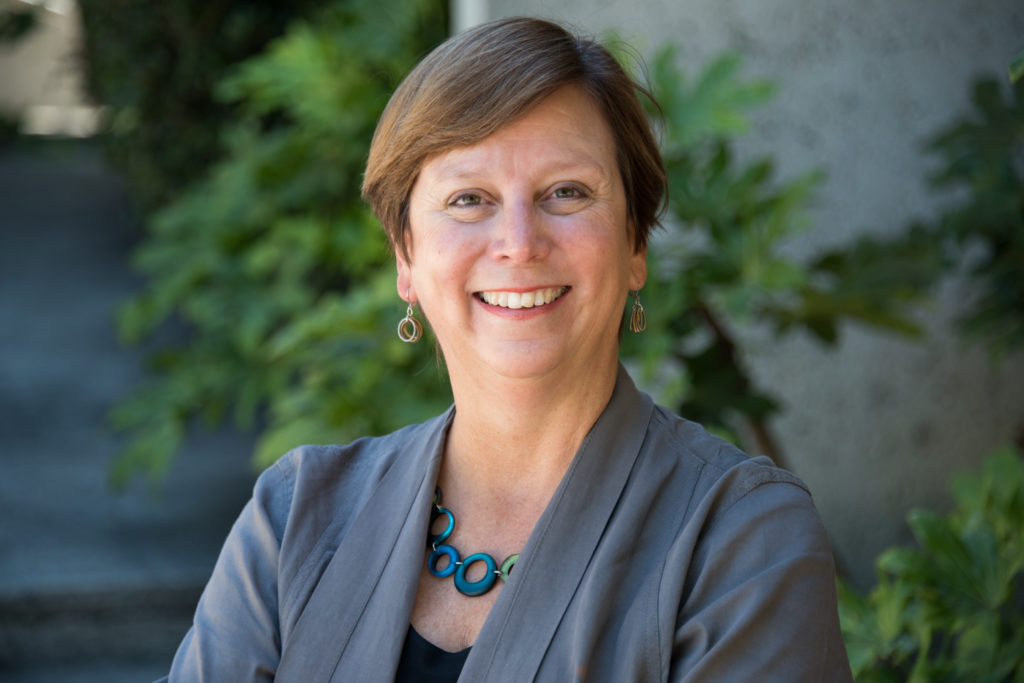
Lori Fogarty. Photo: Terry Lorant.
At the same time, our external research—and, even more importantly, the internal reckoning we’ve confronted in recent weeks—have revealed how much further we have to go. I present some of the steps that we’ve taken with humility, acknowledging that we have many more steps to take collectively as a field and within our own organization as we work toward justice.
Inside Out
We know, especially now, that a commitment to diversity, equity, inclusion, and access begins at home. Over the past several years, we have worked to increase the diversity of our staff and board, to develop tools for greater intercultural understanding, and to place engagement with our community at the core of our work. This involves not only setting benchmarks, but also making sure we are measuring the right things.
On the board level, we set a specific goal for people of color to comprise 40 percent of the members; we met that goal in 2016 and have sustained it since. Seven years ago, we established a community engagement committee to help design internal training specifically for trustees related to equity and inclusion and to champion our work with community partners. We are now one of 50 museums across the country participating in the American Alliance of Museums’ Facing Change initiative to increase board diversity, a two-year effort that involves training, the compilation of a diversity and equity plan, and the recruitment of at least two new trustees of color.
On the staff side, we restructured our entire organization in 2011 to place the visitor at the center and to dismantle some of the silos that typically exist in museums. We created new positions to serve as visitor advocates and established an evaluation department so that we could hold ourselves accountable. While introducing these functions into a museum may not seem significant, incorporating the perspective of visitors and community members into discussions about planning exhibitions and evaluating success has been transformational. We now launch most major projects with a convening that includes community members with lived experience in the topic to help us shape the content. And every major exhibition concludes with a full debriefing led by our head of evaluation so that team members can hear directly about visitors’ experiences.
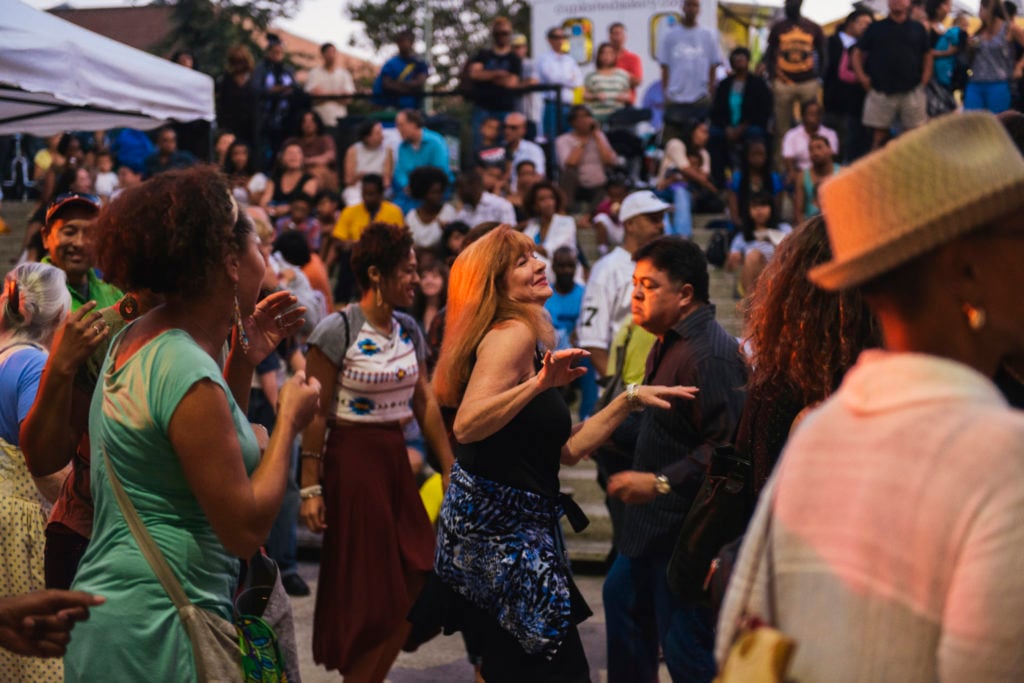
Every Friday Night, from 5 to 9 pm, the Oakland Museum of California opens its doors on 10th Street for Friday Nights @ OMCA. Image: Courtesy of Oakland Museum of California. Photo: Shaun Roberts.
We’ve also created new teams and initiatives to cultivate leadership at every level of the organization, including a paid internship program. Beginning in 2013, we put in place new processes for recruiting, hiring, and compensation designed to reduce bias and promote equity. For example, we created new job description templates for positions to eliminate barriers for hire, including education level, and developed a compensation structure that does not factor in degrees or tenure. We also implemented a rigorous hiring process that includes panel interviews for all staff openings, which aims to counterbalance individual biases.
A commitment to equity must also extend beyond the staff. Last year, we began shifting our approach to investing in order to incorporate sustainable and responsible practices that align with our social impact priorities. While we have not yet formalized a new investment policy or divested in specific sectors, we have engaged the staff and board in discussions to consider how all our investments, including vendor relationships, support our mission. Our current context will surely influence these discussions.
The journey to make equity and inclusion a central aspect of every person’s job—as well as a fundamental responsibility of governance—has taken years and significant commitment from every level of the organization. It’s also taken investment. This has sometimes required us to make difficult choices—such as the decision to focus less on technology and digital engagement in recent years. These are choices that, as with everything right now, we’re having to revisit as the museum remains closed to the public. And yet our sustained focus on equity positions us to move forward now with even deeper work around anti-racism.
Outside In
This commitment is inextricably linked to our relationship to our community—ties that have been strong since the beginning, as the museum served as a department of the city of Oakland for most of its history. Since the 1970s, we have worked with advisory councils and volunteer groups to connect the museum to the particular needs of Oakland’s diverse communities. Two of our active committees today include our Dia de los Muertos Committee, which leads an annual community celebration now in its 26th year, and the Native Advisory Council, which provides expertise and guidance on issues related to Native collections, programming, and cultural practices.
Over the past few years, we have doubled down on this commitment. We have collaborated with community members in co-creating programming with deep local resonance, such as All Power to the People: Black Panthers at 50, RESPECT: Hip-Hop Style and Wisdom, and Queer California: Untold Stories. Our Friday Nights at OMCA, a weekly festival of music, dance, food, and art-making, has been a game-changer for our institution, attracting some 200,000 people annually. Together, these programs have made OMCA much more than a museum. We are now seen as an indispensable community resource and a gathering place for all of Oakland and the East Bay region.
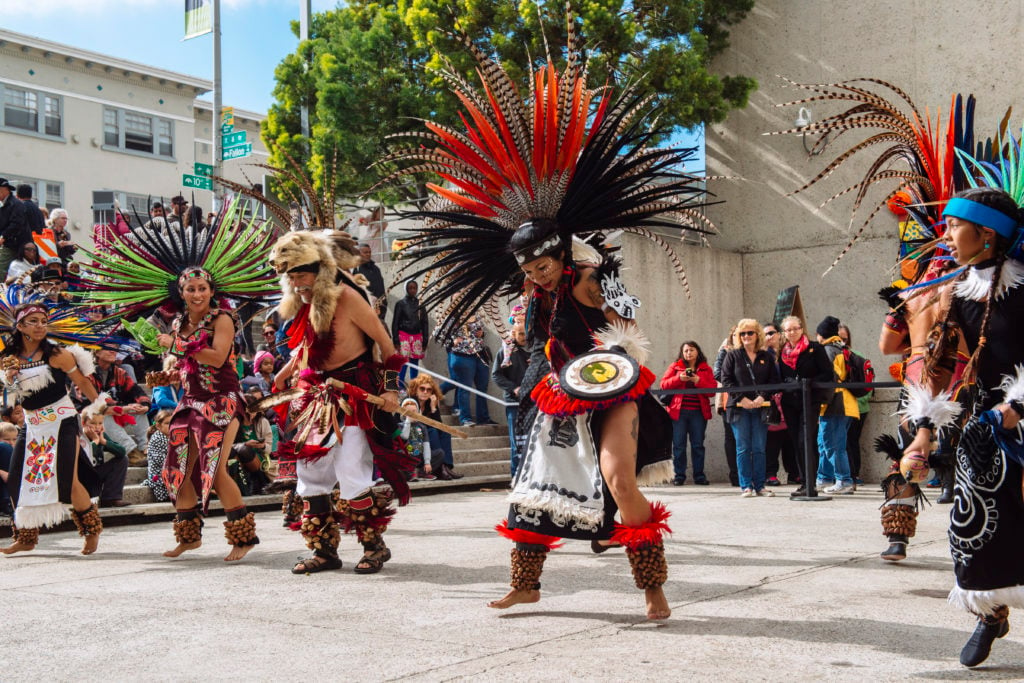
Dia de Los Muertos community celebration at the OCMA. Courtesy of the Oakland Museum of California. Photo: Shaun Roberts
We’ve been able to measure our success because of the investment we’ve made in evaluation. Our highly local audience (90 percent from a 50-mile radius) is more diverse culturally (56 percent people of color in 2019 compared with 46 percent in 2017) and economically (58 percent are low and middle income) as well as younger (62 percent under 45 in 2019 versus 58 percent in 2017), with many more families attending with young children. These shifts make our audience a closer reflection of the local population of Alameda County, which comprises 60 percent people of color.
Over the past several years, we’ve also worked to identify our social impact—how successful we have been in building greater trust, understanding, and connection between people and communities. As of 2019, we’ve developed specific metrics to regularly measure (and share) our social cohesion outcomes. This examination has led to a fundamental change in how we define success. Attendance statistics, financial metrics, and audience demographics are the outputs and outcomes of our work, but we are now called to prioritize our impact—the real difference we are striving to make in the world.
So Now What?
In many ways, our museum has been seen as a leader in the field of diversity, equity, inclusion, and access and is looked to for best practices in community engagement. But as with museums across the country, we now have to take stock like never before. Since our founding, we’ve been known as the “Museum of the People.” But like most museums, we have never fully realized the vision to be of, by, and for all of the people.
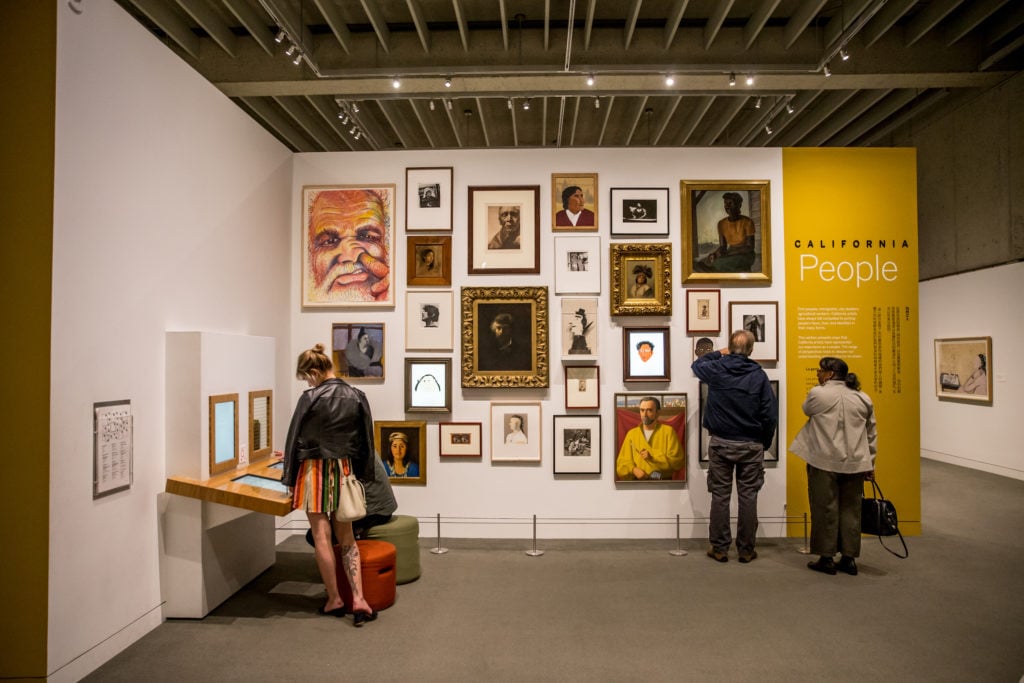
The Oakland Museum of California. Courtesy of the OMCA. Photo: Odell Hussey Photography.
Last week, even as I was honored to speak to colleagues across the country about diversity and equity at our virtual American Alliance of Museums conference, I was also called upon by our staff to see, acknowledge, and be held accountable for the inequities in our own institution. These inequities include a lack of black people in key roles, particularly within the curatorial ranks. We’ve heard as well a call for greater transparency and participation by broader staff in decision-making, and respect for roles and expertise that have not been typically valued within museums. Beyond critiques of our institutional practices, I’ve listened to the pain, exhaustion, and despair of black people and people of color with whom I’ve long worked. And I’ve walked the streets of my city and seen murals that appear on the plywood boards that cover broken windows paying tribute to black lives lost and calls for reparation and justice.
As we move through quarantine, we’ve begun to consider how to reinvent our institution when we’re able to reopen our building. That reimagining has become a cry for action from the inside out and the outside in.
So, our journey continues. I know it will take every bit of training and learning and all the tools we’ve developed in recent years. But mostly I know it will require listening with self-awareness, taking a stand with compassion and courage, and reimagining what a museum of, by, and for the people can truly be. Black Lives Matter. Black Thoughts Matter. Black Stories Matter.
Lori Fogarty is the director of the Oakland Museum of California.







